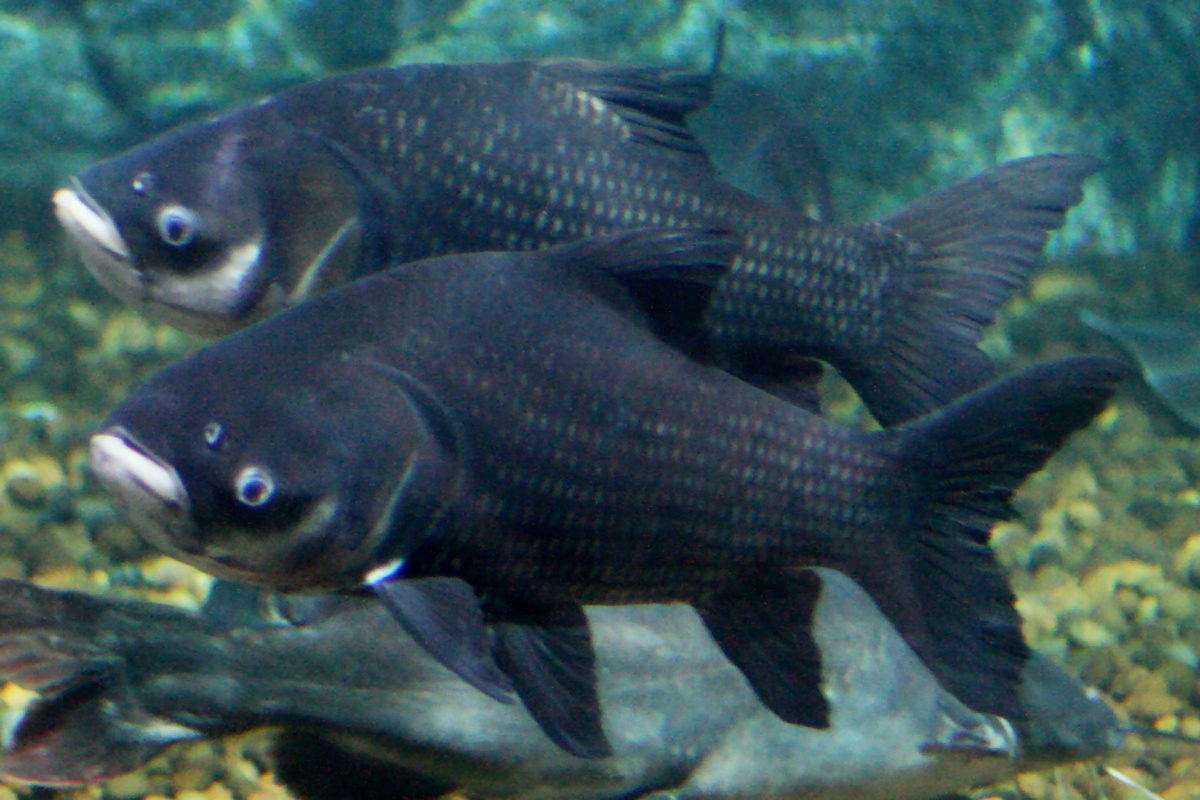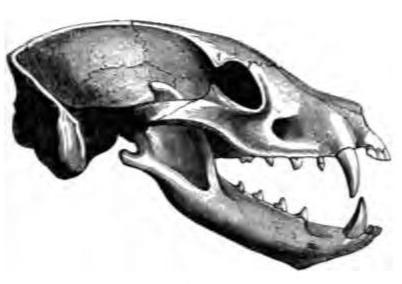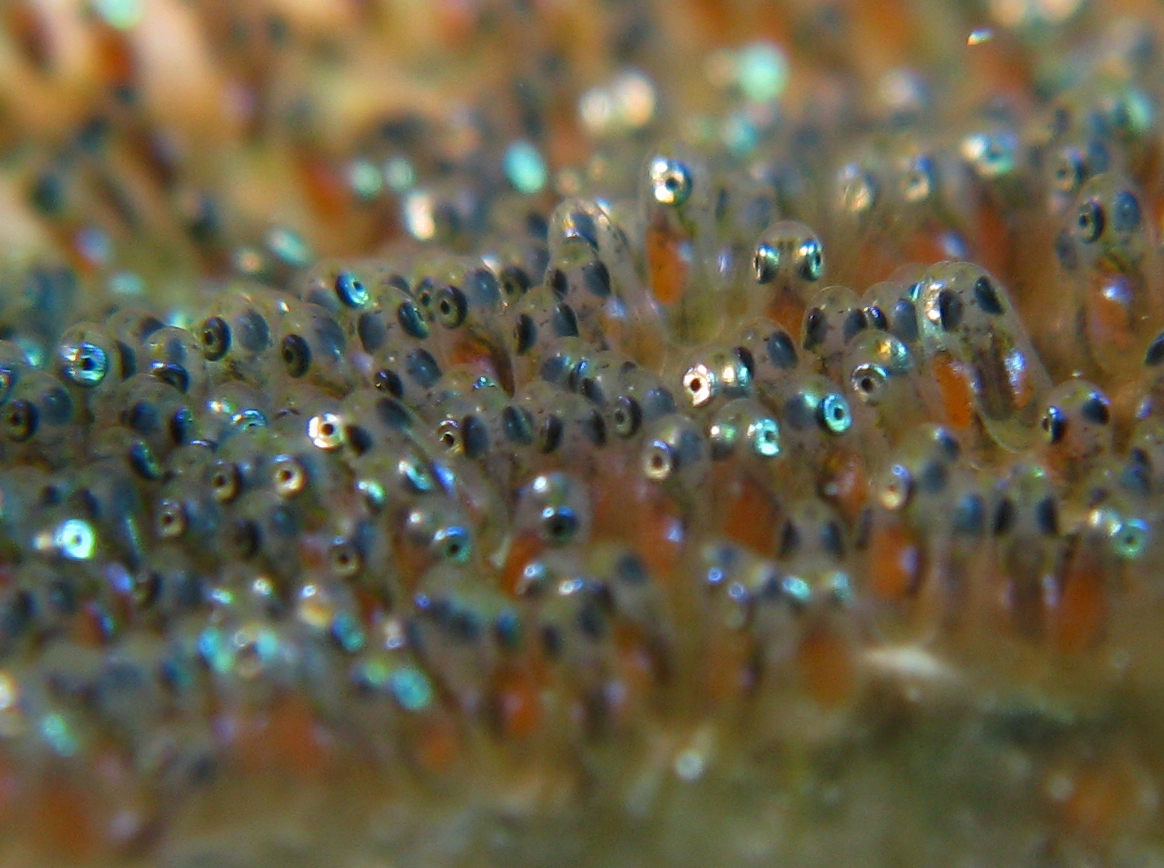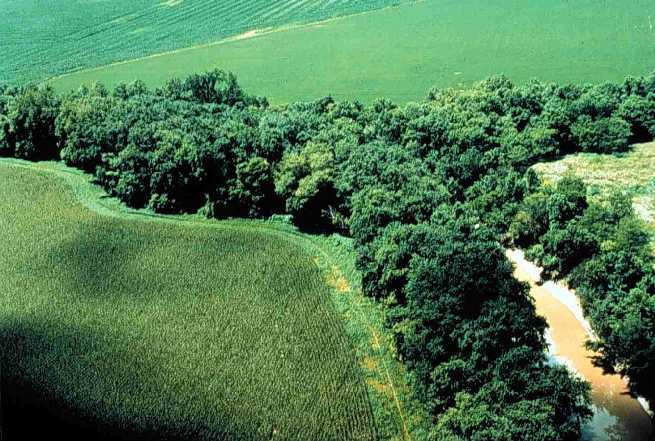|
Erimonax
Spotfin chub (''Cyprinella monacha'') is a ray-finned fish in the family Cyprinidae that is endemic to the Tennessee River watershed. Its other common names include turquoise shiner and chromium shiner. Appearance and anatomy Spotfin chub have an average length of . Geographic distribution The spotfin chub has a native range endemic to the Tennessee River drainage. This range includes five states: Alabama, Georgia, North Carolina, Virginia, and Tennessee. Current surveys show that spotfin chub has been extirpated from Alabama and Georgia.Yoichiro Kanno, Christina U. Schmidt, Steven B. Cook, Hayden T. Mattingly. 2012. Variation in microhabitat use of the threatened spotfin chub (''Erimonax monachus'') among stream sites and seasons. ''Ecology of Freshwater Fish'' 21: 363-374, The only remaining populations are confined to four tributaries along the Tennessee River: the Little Tennessee, Emory, Buffalo, and Holston rivers. Many anthropogenic changes are the cause for such a la ... [...More Info...] [...Related Items...] OR: [Wikipedia] [Google] [Baidu] |
Cyprinella
''Cyprinella'' is a genus of fish in the family Cyprinidae, the carps and minnows. They are known as the satinfin shiners. They are native to North America, and some are among the most common freshwater fish species on the eastern side of the continent.Broughton, R. E. and J. R. Gold. (2000)Phylogenetic relationships in the North American cyprinid genus ''Cyprinella'' (Actinopterygii: Cyprinidae) based on sequences of the mitochondrial ND2 and ND4L genes.''Copeia'' 2000(1) 1-10. Conversely, several ''Cyprinella'' species with small distributions are threatened and the Maravillas Creek subspecies of the red shiner (''Cyprinella lutrensis blairi'') is extinct. The largest species reach around in total length. Breeding males often develop bright coloration. Fish of the genus produce audible sounds during courtship and conflict.Phillips, C. T. and C. E. Johnston. (2008)Geographical divergence of acoustic signals in ''Cyprinella galactura'', the whitetail shiner (Cyprinidae).''Animal ... [...More Info...] [...Related Items...] OR: [Wikipedia] [Google] [Baidu] |
Cyprinidae
Cyprinidae is a family of freshwater fish commonly called the carp or minnow family. It includes the carps, the true minnows, and relatives like the barbs and barbels. Cyprinidae is the largest and most diverse fish family and the largest vertebrate animal family in general with about 3,000 species, of which only 1,270 remain extant, divided into about 370 genera. Cyprinids range from about 12 mm in size to the giant barb (''Catlocarpio siamensis''). By genus and species count, the family makes up more than two-thirds of the ostariophysian order Cypriniformes. The family name is derived from the Greek word ( 'carp'). Biology and ecology Cyprinids are stomachless fish with toothless jaws. Even so, food can be effectively chewed by the gill rakers of the specialized last gill bow. These pharyngeal teeth allow the fish to make chewing motions against a chewing plate formed by a bony process of the skull. The pharyngeal teeth are unique to each species and are used ... [...More Info...] [...Related Items...] OR: [Wikipedia] [Google] [Baidu] |
Edward Drinker Cope
Edward Drinker Cope (July 28, 1840 – April 12, 1897) was an American zoologist, paleontologist, comparative anatomist, herpetologist, and ichthyologist. Born to a wealthy Quaker family, Cope distinguished himself as a child prodigy interested in science; he published his first scientific paper at the age of 19. Though his father tried to raise Cope as a gentleman farmer, he eventually acquiesced to his son's scientific aspirations. Cope married his cousin and had one child; the family moved from Philadelphia to Haddonfield, New Jersey, although Cope would maintain a residence and museum in Philadelphia in his later years. Cope had little formal scientific training, and he eschewed a teaching position for field work. He made regular trips to the American West, prospecting in the 1870s and 1880s, often as a member of United States Geological Survey teams. A personal feud between Cope and paleontologist Othniel Charles Marsh led to a period of intense fossil-finding competit ... [...More Info...] [...Related Items...] OR: [Wikipedia] [Google] [Baidu] |
Insectivores
A robber fly eating a hoverfly An insectivore is a carnivorous animal or plant that eats insects. An alternative term is entomophage, which can also refer to the human practice of eating insects. The first vertebrate insectivores were amphibians. When they evolved 400 million years ago, the first amphibians were piscivores, with numerous sharp conical teeth, much like a modern crocodile. The same tooth arrangement is however also suited for eating animals with exoskeletons, thus the ability to eat insects is an extension of piscivory. At one time, insectivorous mammals were scientifically classified in an order called Insectivora. This order is now abandoned, as not all insectivorous mammals are closely related. Most of the Insectivora taxa have been reclassified; those that have not yet been reclassified and found to be truly related to each other remain in the order Eulipotyphla. Although individually small, insects exist in enormous numbers. Insects make u ... [...More Info...] [...Related Items...] OR: [Wikipedia] [Google] [Baidu] |
Milt
Milt is the seminal fluid of fish, mollusks, and certain other water-dwelling animals which reproduce by spraying this fluid, which contains the sperm, onto roe (fish eggs). It can also refer to the sperm sacs or testes that contain the semen. Milt as food Milt or soft roe also refers to the male genitalia of fish when they contain sperm, used as food. Many cultures eat milt, often fried, though not usually as a dish by itself. In Indonesian cuisine, the milt (called ''telur ikan''; fish egg) of snakehead and snapper is usually made into kari or woku. In Japanese cuisine, the testes (白子 ''shirako'' 'white children') of cod (''tara''), anglerfish (''ankō''), salmon (''sake''), squid (''ika'') and pufferfish ('' fugu'') are eaten. In Korean cuisine, the milt ( ''iri'') of Alaska pollock, cod, blackmouth angler, bogeo, and sea bream are eaten. In Romanian cuisine, the milt of carp and other fresh water fish is called "Lapți" (from the Latin word '' lact ... [...More Info...] [...Related Items...] OR: [Wikipedia] [Google] [Baidu] |
Photoperiodism
Photoperiodism is the physiological reaction of organisms to the length of night or a dark period. It occurs in plants and animals. Plant photoperiodism can also be defined as the developmental responses of plants to the relative lengths of light and dark periods. They are classified under three groups according to the photoperiods: short-day plants, long-day plants, and day-neutral plants. Plants Many flowering plants (angiosperms) use a photoreceptor protein, such as phytochrome or cryptochrome, to sense seasonal changes in night length, or photoperiod, which they take as signals to flower. In a further subdivision, ''obligate'' photoperiodic plants absolutely require a long or short enough night before flowering, whereas ''facultative'' photoperiodic plants are more likely to flower under one condition. Phytochrome comes in two forms: Pr and Pfr. Red light (which is present during the day) converts phytochrome to its active form (pfr). This then triggers the plant to grow. ... [...More Info...] [...Related Items...] OR: [Wikipedia] [Google] [Baidu] |
Spawn (biology)
Spawn is the eggs and sperm released or deposited into water by aquatic animals. As a verb, ''to spawn'' refers to the process of releasing the eggs and sperm, and the act of both sexes is called spawning. Most aquatic animals, except for aquatic mammals and reptiles, reproduce through the process of spawning. Spawn consists of the reproductive cells (gametes) of many aquatic animals, some of which will become fertilized and produce offspring. The process of spawning typically involves females releasing ova (unfertilized eggs) into the water, often in large quantities, while males simultaneously or sequentially release spermatozoa ( milt) to fertilize the eggs. Most fish reproduce by spawning, as do most other aquatic animals, including crustaceans such as crabs and shrimps, molluscs such as oysters and squid, echinoderms such as sea urchins and sea cucumbers, amphibians such as frogs and newts, aquatic insects such as mayflies and mosquitoes and corals, which are actuall ... [...More Info...] [...Related Items...] OR: [Wikipedia] [Google] [Baidu] |
Riparian
A riparian zone or riparian area is the interface between land and a river or stream. Riparian is also the proper nomenclature for one of the terrestrial biomes of the Earth. Plant habitats and communities along the river margins and banks are called riparian vegetation, characterized by hydrophilic plants. Riparian zones are important in ecology, environmental resource management, and civil engineering because of their role in soil conservation, their habitat biodiversity, and the influence they have on fauna and aquatic ecosystems, including grasslands, woodlands, wetlands, or even non-vegetative areas. In some regions, the terms riparian woodland, riparian forest, riparian buffer zone, riparian corridor, and riparian strip are used to characterize a riparian zone. The word ''riparian'' is derived from Latin '' ripa'', meaning "river bank". Characteristics Riparian zones may be natural or engineered for soil stabilization or restoration. These zones are important ... [...More Info...] [...Related Items...] OR: [Wikipedia] [Google] [Baidu] |
Warpaint Shiner
The warpaint shiner (''Luxilus coccogenis'') is a species of freshwater fish found in North America. It is common in the upper Tennessee River basin as well as in the Savannah River, the Santee River, and the New River in North Carolina. Adults have a mean length of and can reach a maximum length of . The maximum age reported for this species is 4 years. Warpaint shiners live in cool streams with gravel and rubble beds. They feed on aquatic insect larvae and on terrestrial insects they catch on the water surface. The warpaint shiner provides forage for sport fish such as small and large mouth bass. Importantly the warpaint shiner acts as host to the federally endangered freshwater mussels known as heelsplitters. Range and breeding Warpaint shiners were originally found only in the Tennessee River drainage. Due to human activity, the species has been introduced into the Upper Savannah, the Santee, and the New River drainages.Jenkins, R., N. Burkhead (1993) ''Freshwater Fishes ... [...More Info...] [...Related Items...] OR: [Wikipedia] [Google] [Baidu] |
Luxilus
''Luxilus'' is a genus of cyprinid fish found in North America. They are commonly known as highscale shiners. There are currently nine species in the genus. Species * '' Luxilus albeolus'' ( D. S. Jordan, 1889) (white shiner) * '' Luxilus cardinalis'' ( Mayden, 1988) (cardinal shiner) * '' Luxilus cerasinus'' ( Cope, 1868) (crescent shiner) * '' Luxilus chrysocephalus'' Rafinesque, 1820 (striped shiner) * '' Luxilus coccogenis'' ( Cope, 1868) (warpaint shiner) * '' Luxilus cornutus'' ( Mitchill, 1817) (common shiner) * '' Luxilus pilsbryi'' ( Fowler, 1904) (duskystripe shiner) * ''Luxilus zonatus The bleeding shiner (''Luxilus zonatus'') is a freshwater ray-finned minnow in the family '' Leuciscidae'', which was recently changed to distinguish between North American and Asian minnows. It occurs in tributaries of Ozark-draining tributarie ...'' ( Putnam, 1863) (bleeding shiner) * '' Luxilus zonistius'' D. S. Jordan, 1880 (bandfin shiner) References * Freshwater f ... [...More Info...] [...Related Items...] OR: [Wikipedia] [Google] [Baidu] |
Whitetail Shiners The whitetail shiner (''Cyprinella galactura'') is a freshwater fish in the family Cyprinidae. It inhabits the Tennessee and Cumberland river drainages of Alabama, Mississippi, Georgia, North Carolina, Tennessee, Virginia, and Kentucky, Atlantic slope headwaters (upper Savannah and Santee river systems, North Carolina, South Carolina, and Georgia), the upper New River drainage in West Virginia and Virginia, and the Ozark Plateau and Ouachita Mountains portions of the White and St. Francis river systems in Missouri and Arkansas. References *http://www.bio.utk.edu/hulseylab/Fishlist.html External links *FishBase FishBase is a global species database of fish species (specifically finfish). It is the largest and most extensively accessed online database on adult finfish on the web. [...More Info...] [...Related Items...] OR: [Wikipedia] [Google] [Baidu] |
Substrate (biology)
In biology, a substrate is the surface on which an organism (such as a plant, fungus, or animal) lives. A substrate can include biotic or abiotic materials and animals. For example, encrusting algae that lives on a rock (its substrate) can be itself a substrate for an animal that lives on top of the algae. Inert substrates are used as growing support materials in the hydroponic cultivation of plants. In biology substrates are often activated by the nanoscopic process of substrate presentation. In agriculture and horticulture * Cellulose substrate * Expanded clay aggregate (LECA) * Rock wool * Potting soil * Soil In animal biotechnology Requirements for animal cell and tissue culture Requirements for animal cell and tissue culture are the same as described for plant cell, tissue and organ culture (In Vitro Culture Techniques: The Biotechnological Principles). Desirable requirements are (i) air conditioning of a room, (ii) hot room with temperature recorder, (iii) microsc ... [...More Info...] [...Related Items...] OR: [Wikipedia] [Google] [Baidu] |







